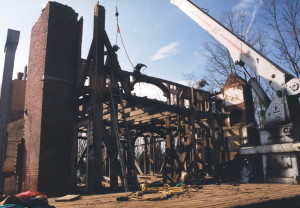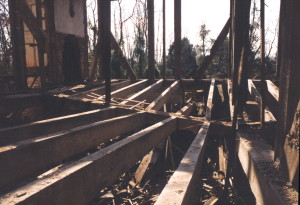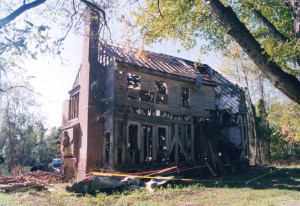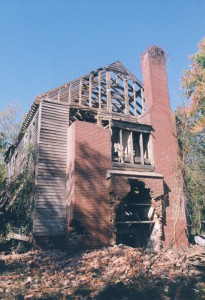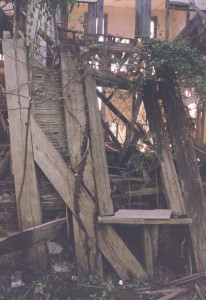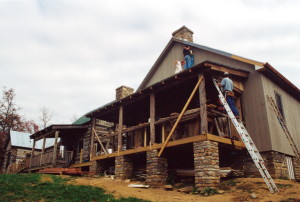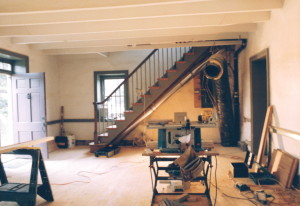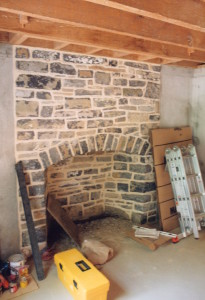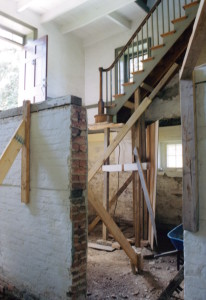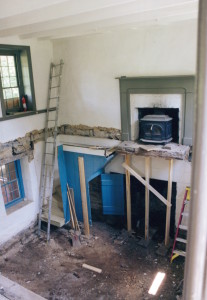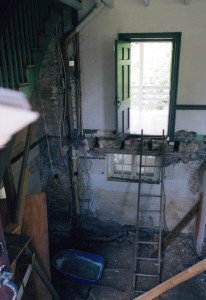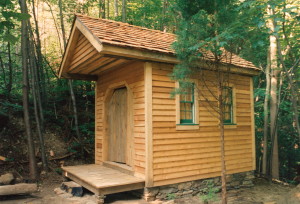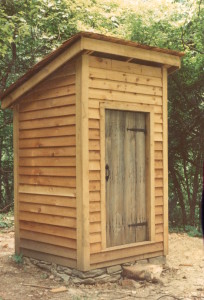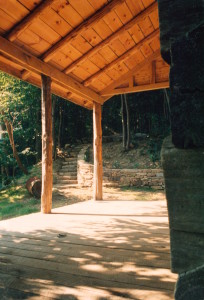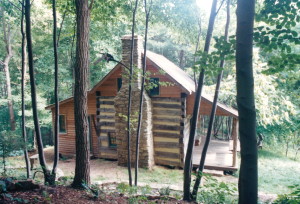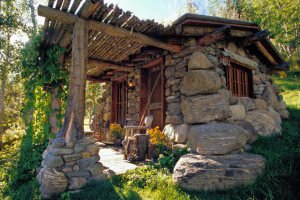The Flint Hill house… Part 5
Noah Bradley2019-06-29T10:31:53+00:00We recovered some tremendous framing members from this old house that we would use to build the coming addition.
Notice the sag in the main floor system. I’ve never taken down a frame that was under such a degree of strain and stress. I was relieved when it was all on the ground.
I’ve never had a serious injury on one of my projects in the 25+ years that we have been doing this… and for that, I am very thankful.
Originally posted 2015-03-10 16:33:42.

